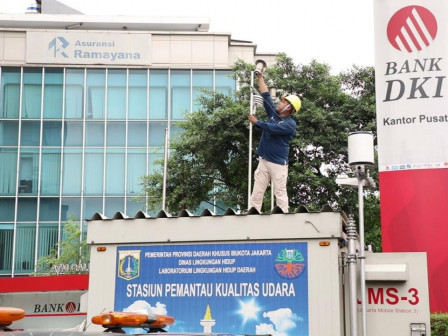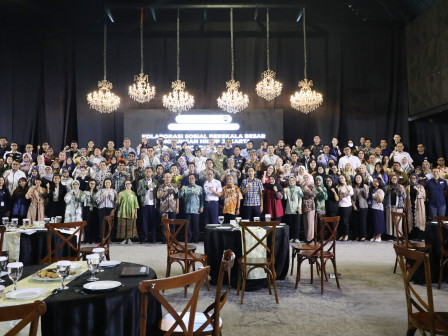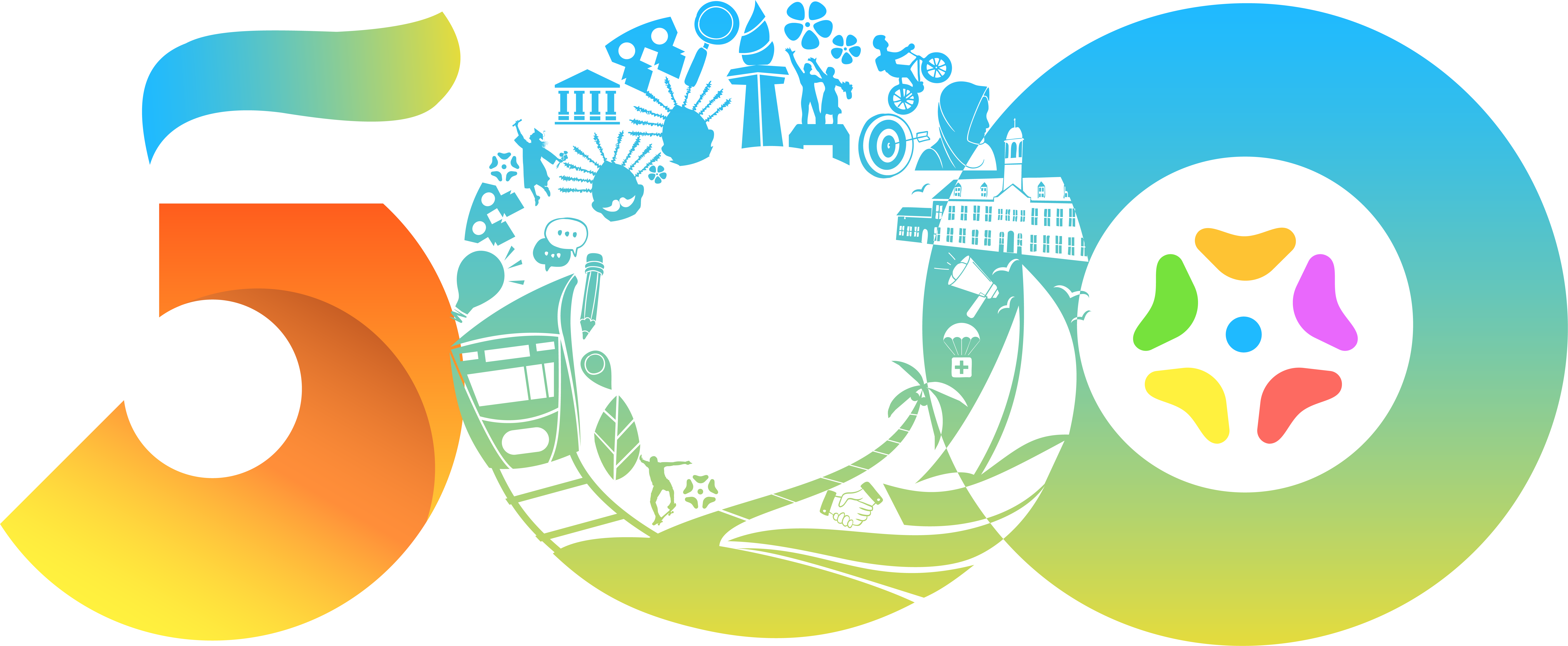Jakarta Provincial Government Ready to Tackle Low Air Quality
Reported by Aldi Geri Lumban Tobing | Translated by Rizky Mawardi
Jakarta Provincial Government through Jakarta Environment Agency keeps the effort in handling low air quality in Jakarta. The handling is based on Jakarta Governor Decree No 576/2023 about Air Pollution Handling Strategy up to 2030.
We're on our track now
Jakarta Environment Agency Head, Asep Kuswanto, said Jakarta will be able to handle air quality on target based on the strategy. All causes and solutions have been studied and measured.
"Jakarta Provincial Government already has strategy in handling air quality. We're on our track now," said Asep, as quoted from Jakarta Provincial Government's press release, Wednesday (6/19).
World Environment Day, Jakarta Momentum to Improve Air QualityAccording to him, strategy being run is develop a more systematic emissions inventory system to monitor sources of air pollution in Jakarta. This system allows better data collection on emissions from various sources, including motor vehicles and industry.
Agglomeration Area
Apart from tightening supervision of moving and immovable emission sources, the agency is also preparing other strategic steps, namely cross-regional cooperation, especially with Jakarta agglomeration areas, such as Bogor, Depok, Tangerang, Bekasi and Cianjur.
"For this reason, we encourage regional governments around Jakarta to be stricter in monitoring industries in their areas that have the potential to pollute the air there and be carried by the wind to Jakarta," he added.
Regarding the recent decline in air quality, Asep explained, the results of the HYSPLIT model analysis from the National Oceanic and Atmospheric Administration (NOAA) carried out by the Bogor Agricultural Institute (IPB) Expert Team showed that, in the last two days, the dominant wind came from the direction east and northeast.
HYSPLIT (Hybrid Single-Particle Lagrangian Integrated Trajectory) is a model used to simulate the movement and distribution of pollutants in the atmosphere, thereby helping in understanding the sources and impacts of air pollution.
Asep continued that changing people's behavior by switching to using public transportation, cycling and walking for short distance mobilization is also an effort that can be made to improve air quality.
"Apart from that, we are also taking short-term efforts by urging managers of tall buildings to install water mist and tighten emission tests for motor vehicle owners in Jakarta," he stated.



